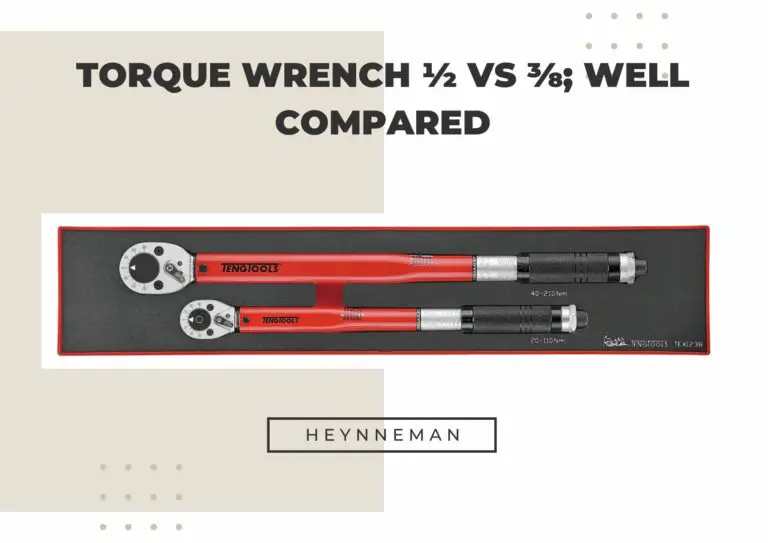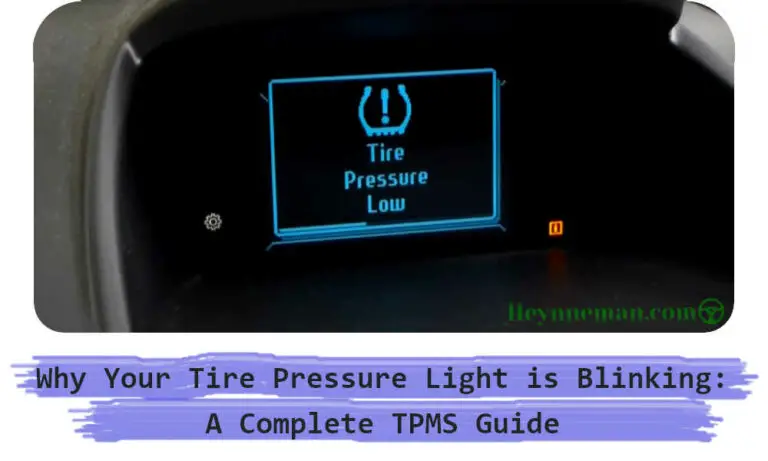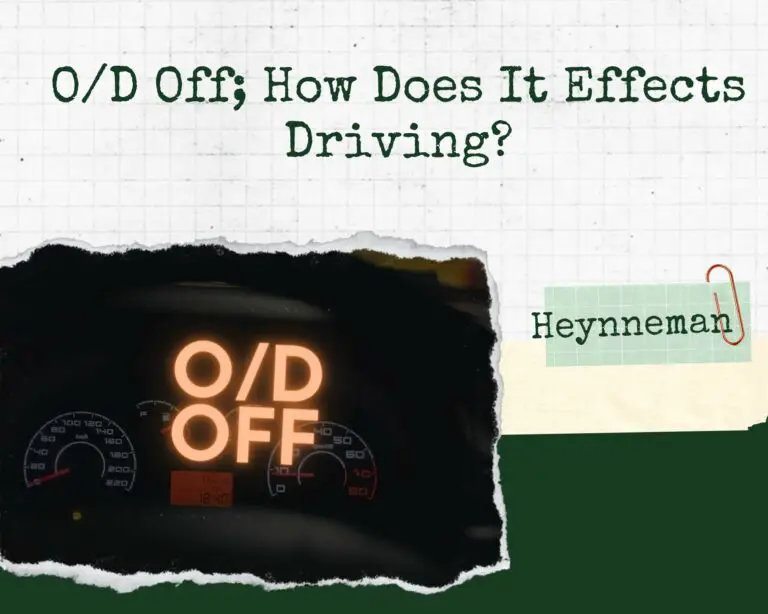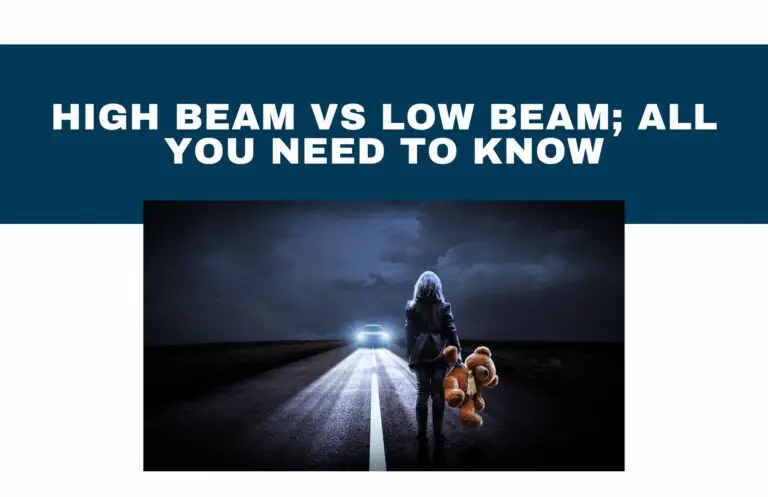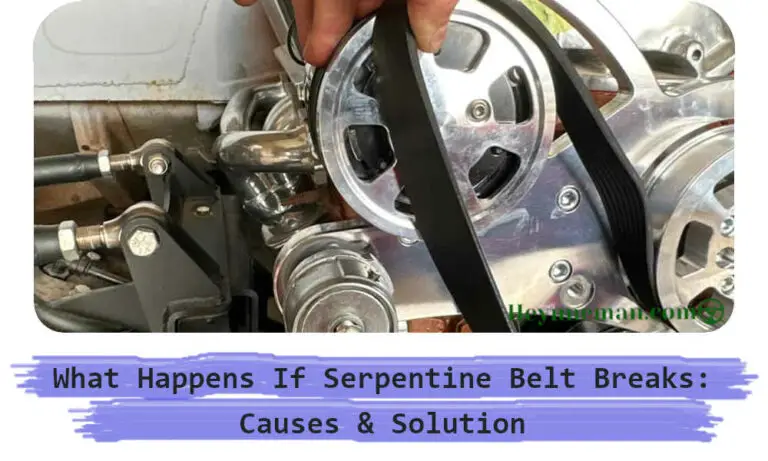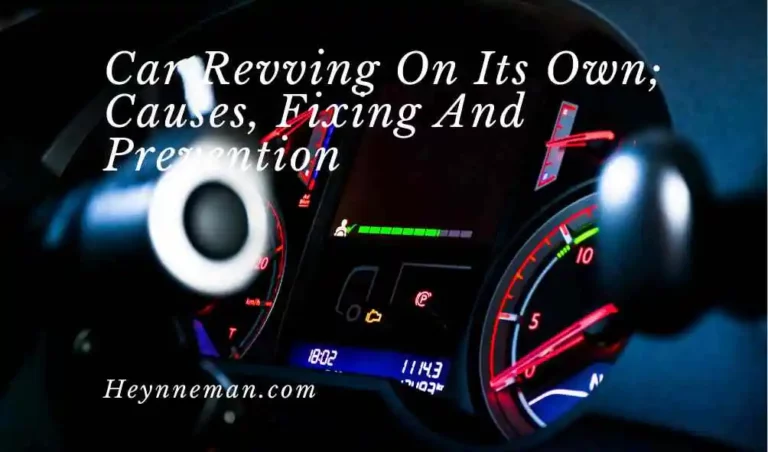FBO Meaning In Car; Fully Described.
“Full Bolt-On” is what the abbreviation “FBO” means. A “Bolt-On” is a modification that uses parts and other items that can be installed directly onto your car without any additional work, such as cutting or welding, and usually without the need for any kind of tuning.
In this article, we discuss why FBO is important in cars, what its uses are, and the drawbacks of FBO, if any. So stick around until the end to find out what you’ve been looking for.
What is meant by FBO in cars?

Car enthusiasts use the term “full bolt-on” or “full bolt-ons,” more commonly abbreviated as “FBO,” to refer to the process of adding or replacing parts without cutting, tuning, or fabricating the part to work on the car.
Bolt-ons are straightforward modifications made to improve performance or for aesthetic reasons; they are not something you would do if you wanted an immediate upgrade.
Bolt-on accessories and parts, such as intakes, brake lines, exhaust systems, and performance tires, are typically simple to install.
Why are full bolt-on parts important?
A full bolt-on typically denotes that your car’s entire front end has been completely replaced with new or updated parts. The benefit of this kind of modification is that it can improve your car’s performance, safety, and fuel efficiency.
Your car can be easily modified.
A full bolt-on typically denotes that your car’s entire front end has been completely replaced with new or updated parts. The benefit of this kind of modification is that it can improve your car’s performance, safety, and fuel efficiency.
You can pick the business that best meets your needs from a variety of ones that provide full bolt-on services.
Before making any modifications to your vehicle, you should speak with your mechanic. They can give you more details that are specific to your model year vehicle.
It does not require engine tuning or additional tools.
A stronger connection may result from a full bolt-on, which refers to tightening the bolts and nuts to their maximum torque. Your car might not be able to handle full bolt-ons without breaking if it’s an older model with a weak engine or if it’s been modified in any way.
Another advantage of a full bolt-on is that everything is done using the bolts and nuts that are already on your car’s chassis, so no special tools or engine tuning is required.
Mods are quick and simple to complete.
Full bolt-on installation is a simple and inexpensive way to make a quick modification. Anyone can quickly and easily modify this type of modification because it doesn’t require specialized equipment or knowledge.
For your safety, a full bolt-on installation ensures that every bolt is tightened down simultaneously without any spaces.
Because this modification completely eliminates the extra play in your suspension, you won’t have to worry about it while driving.
VDC Off On Dashboard: What Does It Mean?
HEYNNEMAN
How Does Bolt-On Work?
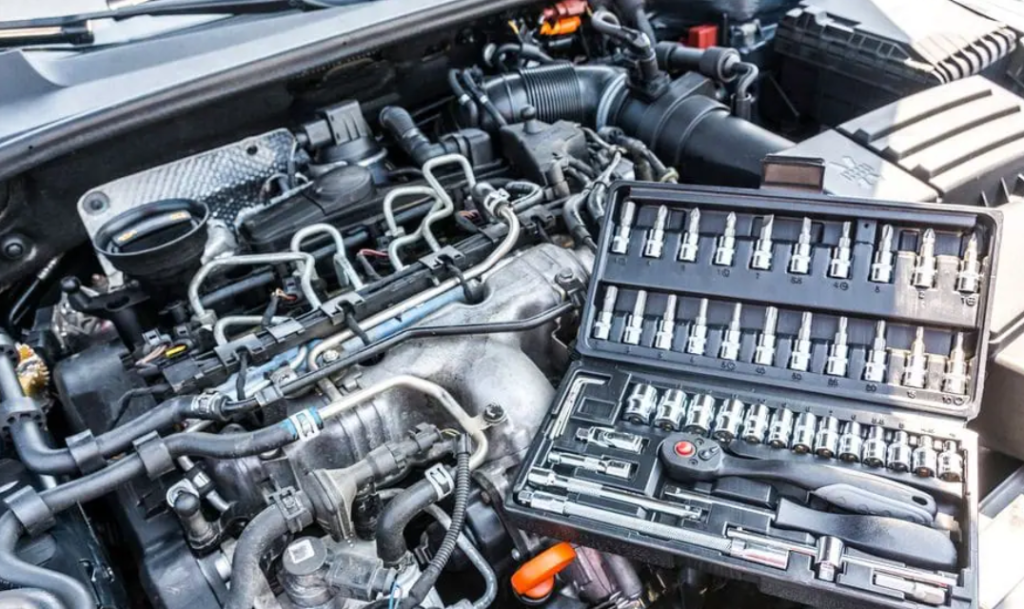
A bolt-on is a type of upgrade or modification that can be easily and quickly installed onto an existing system. It often consists of a single component or a small set of components that can be added to an existing system, like a car, without requiring any major modifications to the structure, wiring, or plumbing.
Bolt-ons are usually made to improve performance, such as increased horsepower, or to add desired features like cruise control or a heated seat.
They are usually much more affordable than purchasing a completely new system and can be installed by the vehicle owner with basic tools and some knowledge of the system.
How much horsepower do full bolt-ons add?
That may sound discouraging, but there is some good news: while driving, you will notice a 4% increase in torque and a 2% increase in horsepower. It’s likely true that your car is producing a little bit more power than you think.
What Should You Know About Driving With Full Bolt-Ons?
It’s not bad to drive with all bolt-on components. In actuality, it has more advantages than OEM components. When the old OEM parts become worn out, you are not required to install them.
Consider purchasing a new Toyota Corolla but disliking the wheel designs or choosing alloy rims over the factory-installed ones. You’ll need to obtain your preferred design in this situation and bolt it on.
If you want to increase your car’s performance without any modifications or tunings, you can all purchase a full bolt-on. A cat-back exhaust system, performance exhaust headers, aftermarket throttle bodies, and cold air intakes are additional options.
Where can you use full bolt-ons?
A full bolt-on car is one that has numerous bolt-on parts installed. A bolt-on car might be your Mustang if it has aftermarket wheels and tires, Coilover suspension, an exhaust muffler, an air intake, or a manifold.
- System of exhaust with a cat.
- System for drawing in cold air.
- Control bodies.
- Replacement sway bars.
- High-quality rims and wide tires.
- Housing for mass air meters
- cozy automobile seats.
- Shocks with high performance.
- Headers for performance exhaust.
What are the drawbacks of full bolt-on parts?
First of all, you need to be aware that frequently bolted-on components may void or otherwise invalidate all or a portion of your warranty.
Bolt-ons are generally disliked by shops and dealerships because they can obstruct maintenance and must be removed before any work can be done.
If your car has a lot of bolt-ons, you might want to remove them before having it serviced because the cost of labor will increase because the technicians will have to remove all of that extra equipment.
It should be noted that potential buyers generally dislike seeing a lot of built-ons on their future cars, so it would be a good idea to remove the built-on, even temporarily, when you are trying to present the vehicle.
This is especially true if you are selling to a car enthusiast or someone you know who belongs to a community of DIY car enthusiasts.
How To Reset Mass Air Flow Sensor?
HEYNNEMAN
Do you need a tune for full bolt-ons?
Most bolt-on upgrades for these cars don’t require tuning to make the car function properly, but the engine should be able to produce the desired torque levels more easily. If you want to use the improved capabilities to produce more power, you might need to tune it.
What is considered an FBO car?
FBO, short for full bolt-on, stands for that. A car with modifications made to a part or several parts is referred to as a “bolt-on car” if the modifications were made without tuning, cutting, or welding. These parts or elements may be exterior or interior car parts that enhance the look, feel functionality, or wheel handling.

